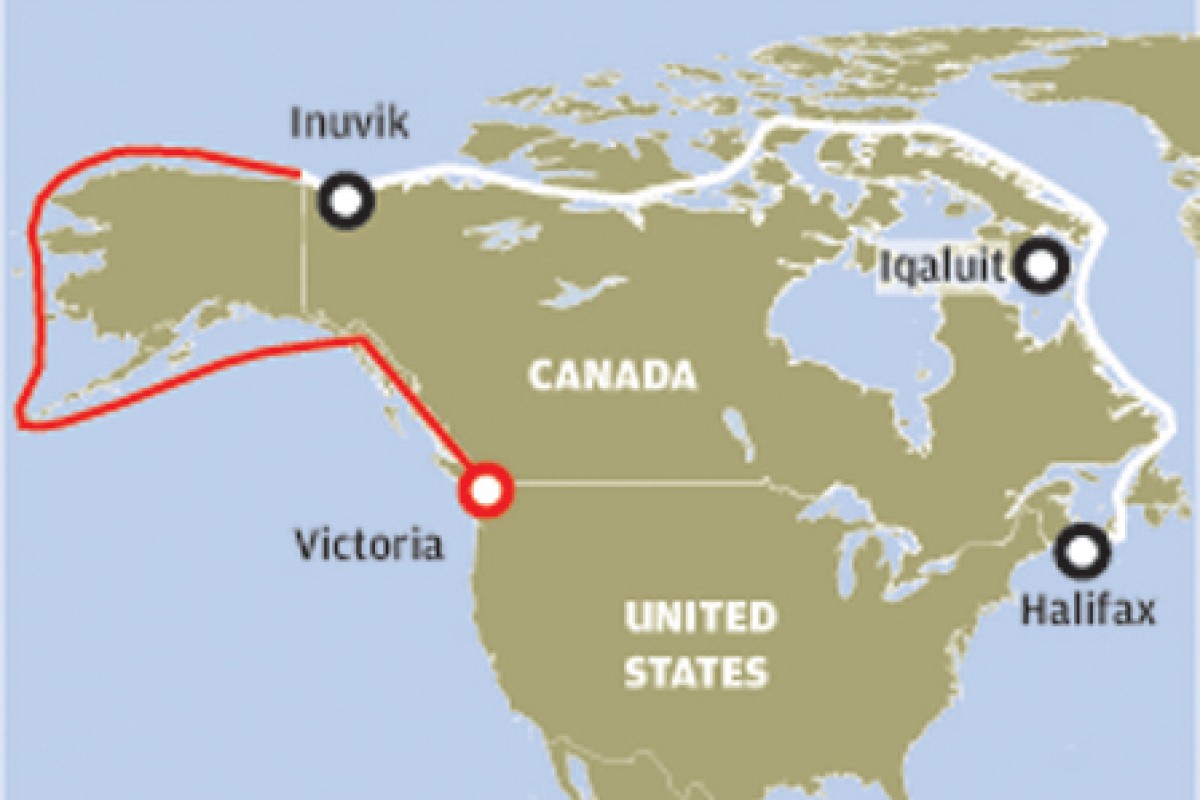 iii
iiiThe first time I saw one I couldn't believe my eyes. I checked the charts, looked through the binoculars and asked the crew to double check what I saw. A small island had suddenly grown by a few hundred metres, towering high on the horizon miles away.
Then I looked in the other direction and saw more strange sights - ice floes that wobbled and jumped, buoys that stood taller than the mountains on the shore. Bits of ice stood high in the water, weaving and dancing in the distance. They were mirages on the Arctic horizon, and they have become an everyday part of our sailing life.
They can make navigation tricky, as they make things appear far larger and closer than they really are.
I asked Dr Chris Pielou, our scientific adviser, to explain them. She says it is a rare and special form of mirage which produces the Novaya Zemlya (NZ) Effect. It happens when a layer of cold air is trapped between warm air above and below it over a large area. Light rays become trapped in the layer. Once in it, they are bent back upwards if they enter the warm air below, and are bent back downwards if they enter the warm air above.
The effect was first recorded in 1596, near the island of Novaya Zemlya in the Siberian Arctic. The image of a ship (probably distorted) appeared just above the horizon although it was known to be about 400 kilometres away. 'Mini versions of the NZ Effect must be happening often when nobody is keeping records and comparing notes,' Pielou wrote.
'Another example of the effect is that the sun appears above the horizon earlier than the Nautical Almanac tells you it should. Don't blame the Almanac.'
If you have any questions, e-mail them to [email protected] with postcards in the subject field and we will forward them to Cameron. You can follow his voyage in his weekly log book in Young Post and on http://www.openPassageExpedition.com
